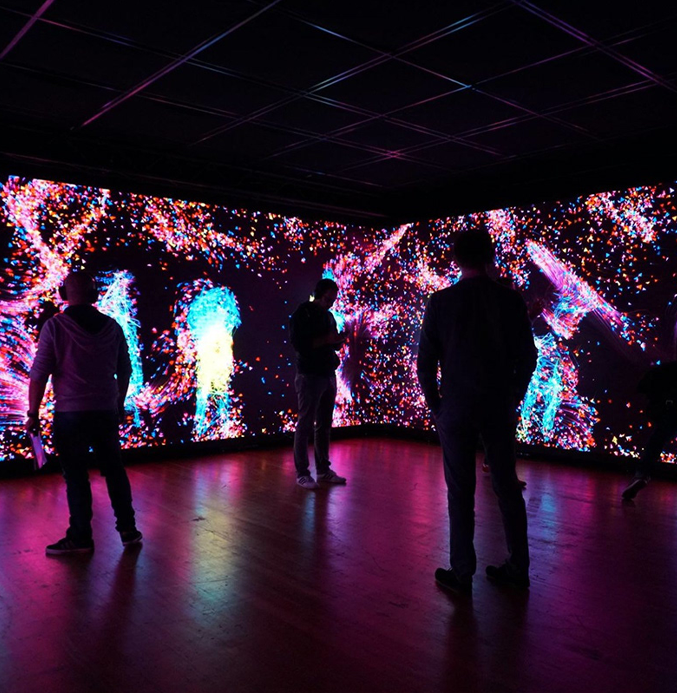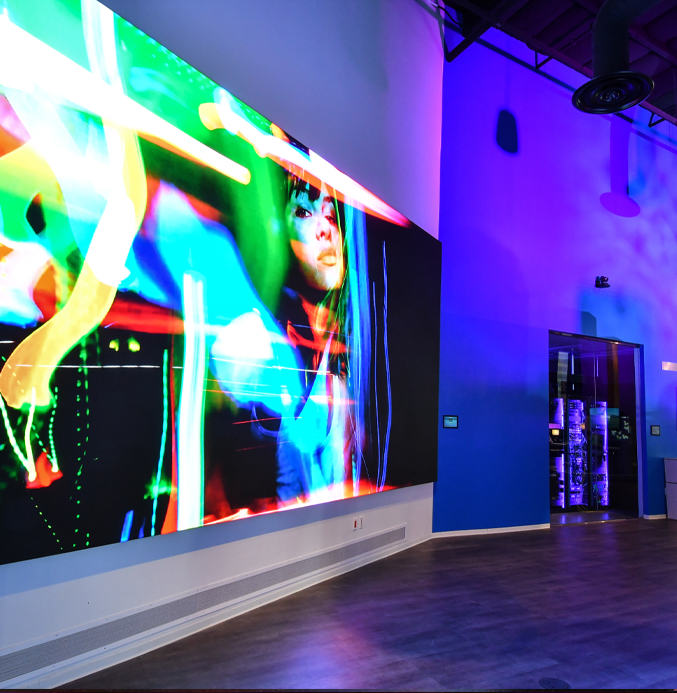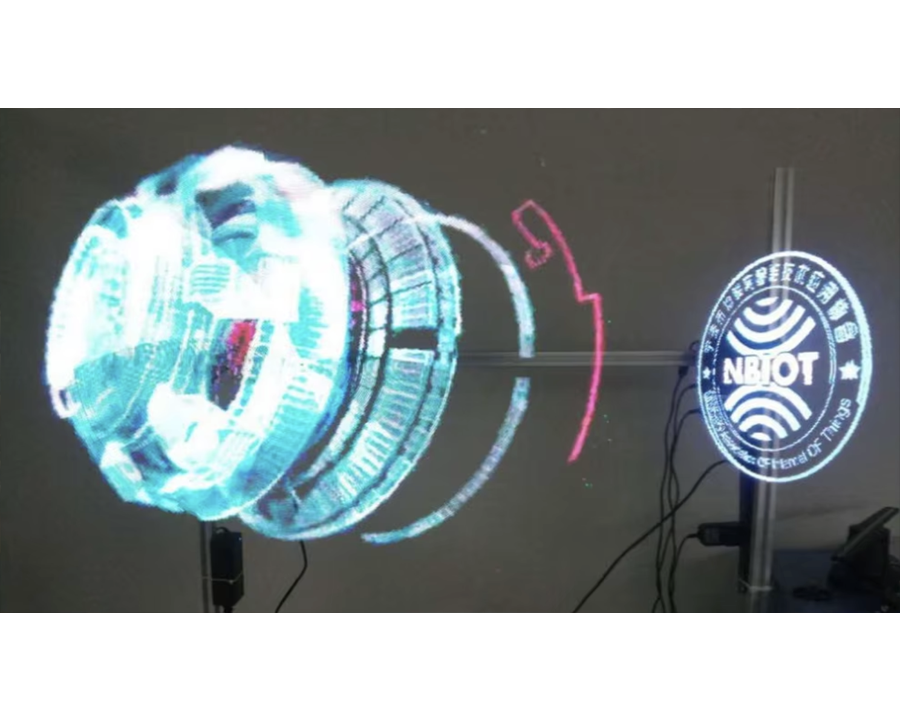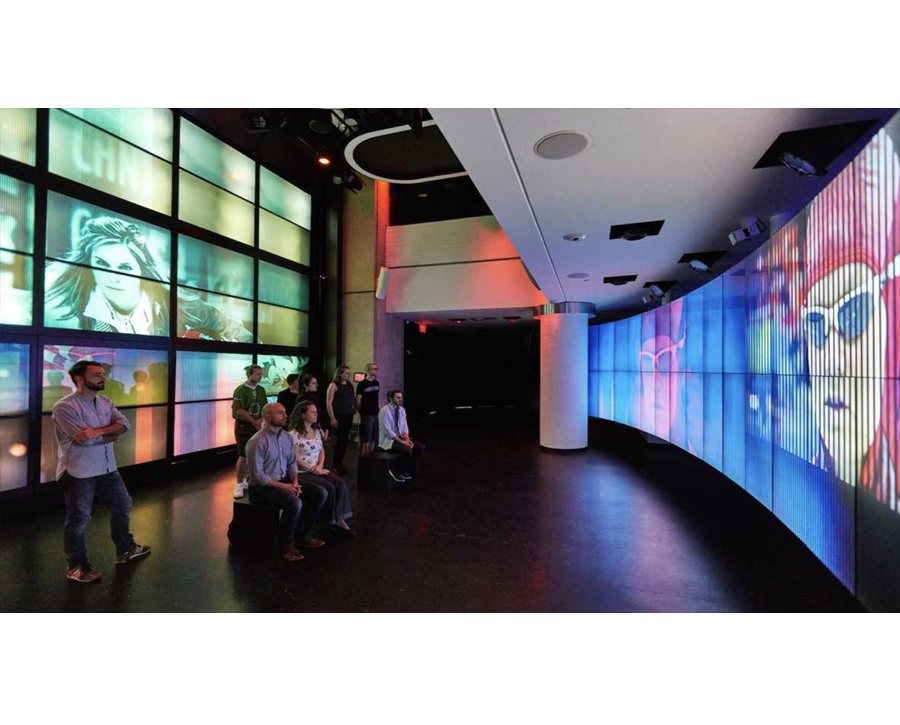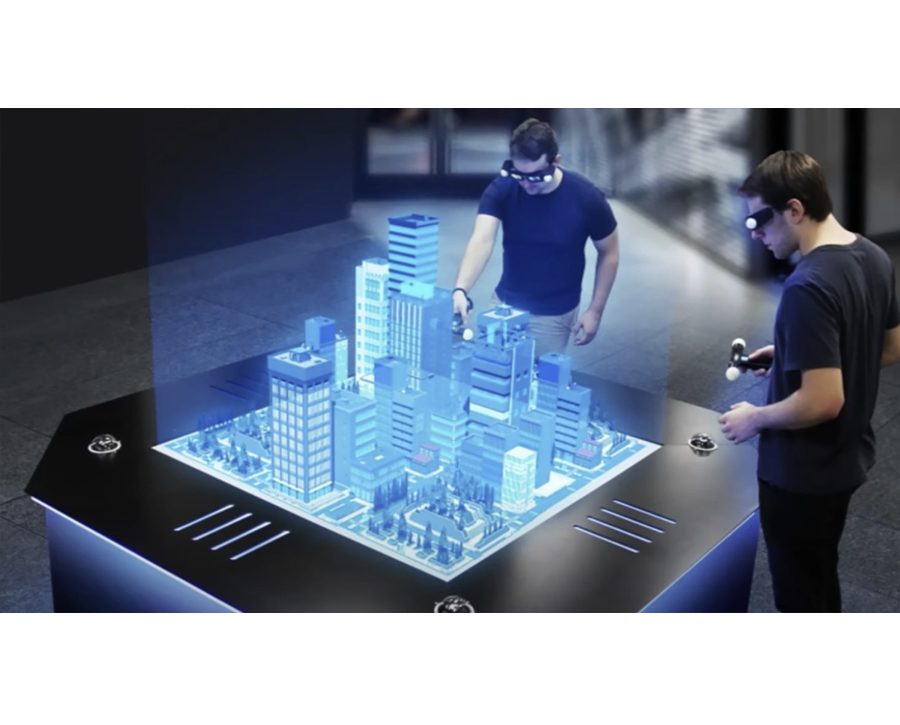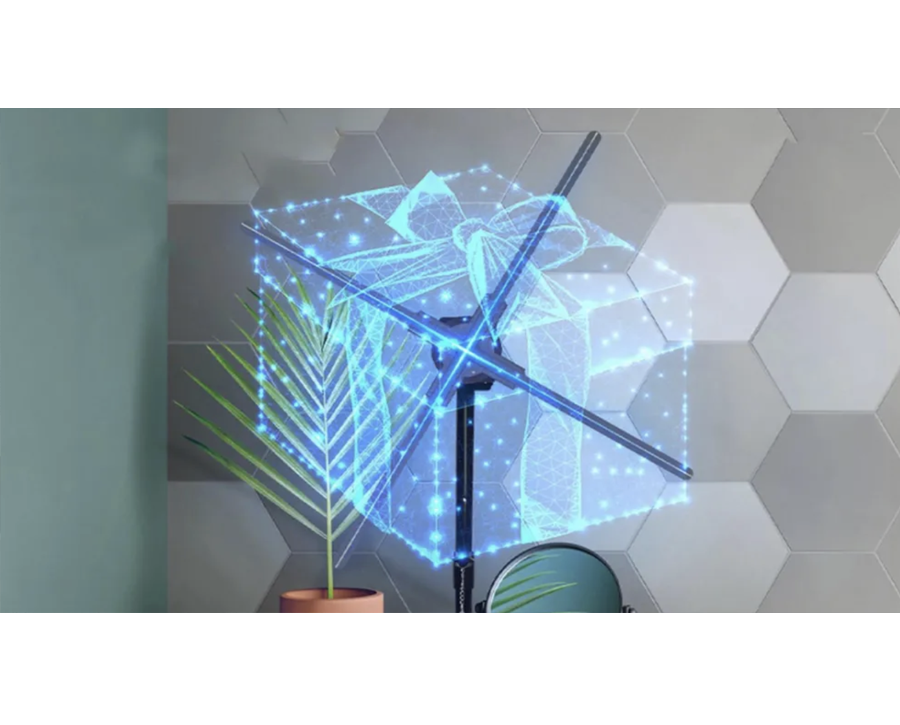
A hologram 3D LED fan is an exciting innovation that creates 3D visuals by spinning LED blades. It is widely used in advertising, exhibitions and events. Understanding these disadvantages is crucial before investing in a 3D fan hologram.
Expensive In The First Place
The first major issue with the 3D hologram fan is its high cost. The 3D LED hologram fan price can be a significant barrier for small businesses and individual users. Despite the remarkable advances in this technology, the costs of acquiring and running it are high at the start.
The cost does not stop with purchasing the 3D fan LED. More frequently than not, you require other equipment like the software, control systems and compatible devices to fully harness your device’s potential. For businesses planning to use the 3D fan hologram for advertising or marketing campaigns, these expenses can quickly add up.
Costs incurred during installation also add to the general cost. Setting up a 3D hologram LED fan requires skilled technicians, especially when multiple units are synchronized for larger displays. This specialized labor is expensive, and any mistake made in the installation process will only add further cost.
For users considering the LED fan 3D as a long-term investment, the high upfront cost can be difficult to justify, especially if the intended use is limited. While big conglomerates can afford these costs, small business entities may not be able to see a sensible revenue from investment.
Limited Image Quality And Viewing Angles
While the 3D LED fan is known for its striking visuals, its image quality is not flawless. The quality and clarity of the images projected on the screen is greatly determined by the device and the physical setting of the environment. Often, the visuals produced by a 3D holographic fan appear blurry or pixelated when viewed from certain angles.
The most apparent disadvantage is a low level of its viewability in terms of the allowed angles. The 3D fan hologram works best when viewed directly in front. However, if the viewers shift to the sides, the images may become blurred or distorted in some way. This is especially a challenge when the people viewing the display are free to approach the screen from any angle.
Lighting conditions also play a critical role in the effectiveness of the 3D LED fan hologram. This is particularly effective used indoors especially in places where the light is low such as exhibitions or trade fairs. However, in bright outdoor environments, the graphics are less distinguishable and may appear, at times, blurry. This makes the fan LED 3D less practical for outdoor advertising during the daytime.
For businesses relying on the 3D LED fan to grab attention in crowded or brightly lit areas, these limitations can significantly reduce its impact. This makes other forms of display technologies such as the LED screens more dependable in particular circumstances.
Power Consumption
The 3D hologram LED fan is an energy-intensive device. It needs a steady power source to work, and this results in a lot of costs for electricity in the long run. For businesses running multiple 3D fan LED units simultaneously, the energy costs can quickly escalate.
Another important aspect is an overheating problem. Continuous operation of the LED fan 3D generates substantial heat, which can affect its performance and longevity. In response to this, other cooling systems may be required which adds to the energy requirement and the operational costs.
This energy demand makes the 3D LED fan hologram less eco-friendly compared to other display technologies. Users looking for sustainable and energy efficient solutions might find the 3D holographic fan unsuitable for their needs.
Short Life Span Of Components
The durability of the 3D hologram fan is a concern for many users. On the one hand, the device looks great and beautiful, on the other hand, the elements and parts are usually characterized by a short lifespan. It has been discovered that some of the major components of the device like the LEDs and motor are easily degradable, particularly if used often.
For example, the LED blades of the 3D LED fan can dim over time, reducing the quality of the visuals. The spinning action is done by a motor which can also wear out over time due to constant use. These components are expensive and their replacement is time consuming.
Frequent breakdowns and repairs can disrupt the usage of the 3D hologram LED fan. This is especially so where the device forms the core of the business’ marketing or promotional strategy. Small problems may also need professional help making the maintenance costs even higher.
Installation And Maintenance Challenges
Installing and maintaining a 3D LED fan hologram is not a straightforward process. The device is sensitive to be set up, and if an incorrect setting is made during its installation, it may cause a lot of issues.
The installation of the system often requires special skills and this may not always be available to all the users. This means hiring skilled technicians, which increases the overall cost of owning a 3D fan hologram. Also, having several units for a simultaneous display complicates the process, and achieving correct scaling for these units also takes time.
Another one is maintenance. The fan LED 3D requires regular cleaning to remove dust and debris that can accumulate on the spinning blades. Some of the major problems have already been discussed above; for instance, overheating is a regular problem that needs constant supervision and intervention.
For users who lack the technical know-how or resources to maintain the 3D holographic fan. These challenges can lead to frustration and inefficiency. Businesses, in particular, may find it difficult to manage the operational demands of the LED fan 3D alongside their other priorities.
Environmental Limitations
The 3D hologram fan is not suitable for all environments. It is therefore quite sensitive to the environment and may not be very useful in some situations.
For instance, the 3D fan LED struggles in bright outdoor environments. The visuals produced by the 3D LED fan are difficult to see in direct sunlight, making it less effective for daytime outdoor advertising or events. This limitation makes it applicable only for indoors or low lighted environments.
Additionally, areas with poor electrical infrastructure may face challenges in supporting the power needs of the 3D LED fan hologram. The device depends on a constant source of power to function effectively at all times. In locations where electricity supply is inconsistent or limited, using a 3D hologram LED fan becomes impractical.
Weather conditions can also impact the functionality of the fan LED 3D. That is why its performance and durability depends on the level of humidity, dust or temperature. This makes it less flexible than other display technologies that would be developed to operate under varying environmental conditions.
Conclusion
The hologram 3D LED fan offers an innovative way to display visuals but comes with notable disadvantages. It is less practical for some users due to high costs, limited image quality, installation difficulties and environmental constraints. Consider these factors carefully before investing in a 3D fan hologram.
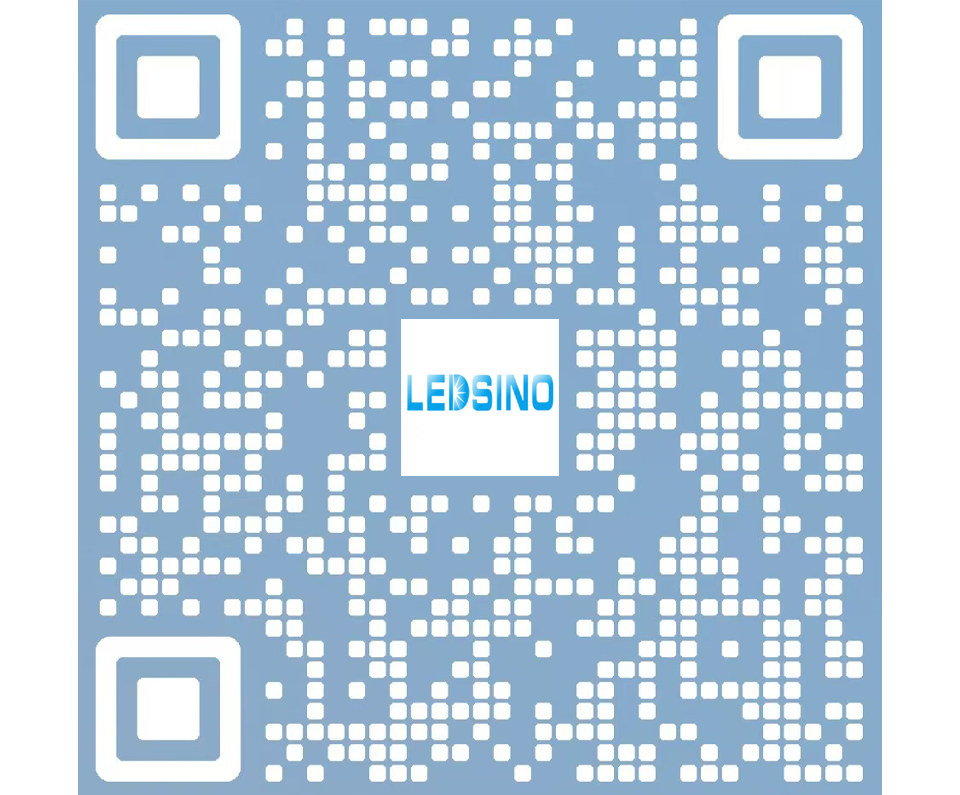
Enter the digital world with our advanced display technologies.

